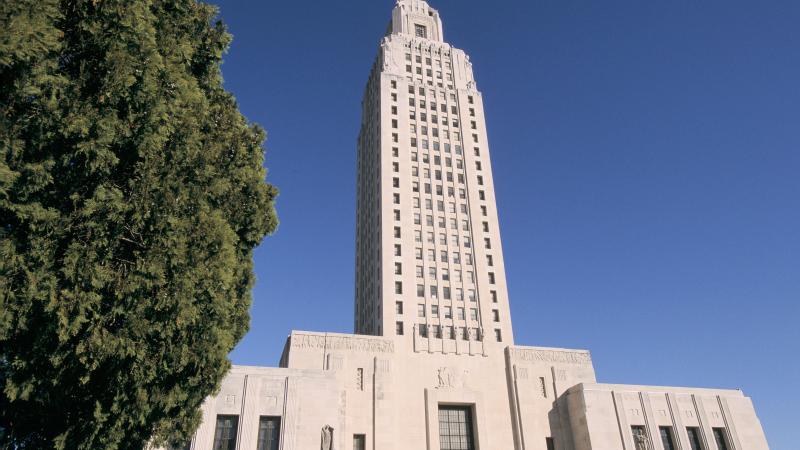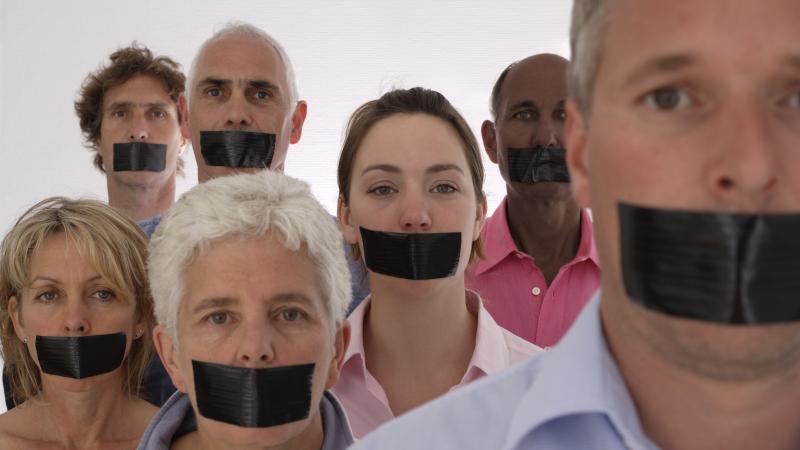Environmental groups sue Utah, alleging state has failed to protect Great Salt Lake
The plaintiffs want a court order telling Utah officials to “implement meaningful solutions that will provide enough water to the Great Salt Lake for the people and wildlife that depend on it,” according to the release.
Conservation and community groups are suing Utah for what they see as the state’s failure to ensure that sufficient water reaches Great Salt Lake to protect the environment.
Upstream diversions have resulted in reduced water levels for the lake. Environmental groups say this poses a threat to the ecosystem and human health.
Those who filed the lawsuit say that estate officials have failed to take necessary action to protect the lake.
“The baby steps Utah has taken at the Great Salt Lake are woefully inadequate to sustain the American West’s largest wetland ecosystem, and we need the state to stop ignoring the upstream water diversions that are spiraling the lake and its wildlife into oblivion,” Zach Frankel, executive director of the Utah Rivers Council, said in a press release issued by Utah Physicians for a Healthy Environment.
The plaintiffs want a court order telling Utah officials to “implement meaningful solutions that will provide enough water to the Great Salt Lake for the people and wildlife that depend on it,” according to the release.
“In other parts of the world, where saline lakes have been allowed to shrivel up because of upstream diversions like those happening at the Great Salt Lake, the end result has been public health disasters from the clouds of relentless toxic dust,” Dr. Brian Moench, president of Utah Physicians for a Healthy Environment, said in the release. “Utah’s leaders are prioritizing these water diversions over protecting their own people, so the courts must intervene.”
The largest saltwater lake in the western hemisphere, Great Salt Lake provides a habitat for millions of migratory birds and supports various industries. Some of those industries include brine shrimp fishing, tourism, recreation and skiing.
The plaintiffs allege that in the past three years, climate change and upstream diversions have helped cause an annual deficit of more than 1 million acre-feet of water.
“As a result, the lake’s elevation recently dropped below the point experts say is necessary for its continued viability,” the release said.
The plaintiffs argue that further declines would collapse Great Salt Lake’s ecosystem, harming biodiversity, local industry, and Utah residents’ health.
“The health of northern Utah’s entire population depends on the Great Salt Lake’s survival, and I hope this lawsuit can help save it,” Deeda Seed, Utah campaigner at the Center for Biological Diversity, said in the release.
Sediments containing fine particulates and toxic pollutants become further exposed as the lake’s water depletes, and wind will carry it into adjacent communities, according to the release.
The lakebed’s lining contains arsenic, mercury, and other toxic substances that the plaintiffs say people in the vicinity will inhale. The residents of the west side of Salt Lake City and in Tooele County will disproportionately face exposure to these toxins, the release said.
Utah’s common law and constitution impose requirements on the state to protect Great Salt Lake, the release said. Additionally, they said the state cannot sustain a “minimum viable water level of 4,198 feet without modifying upstream diversions.”
The drought and drying of the Great Salt Lake are the two top environmental issues for Utah voters, according to a recent Utah State University poll. About 80% of respondents rated the state’s water crisis as a six or higher on a 10-point severity scale.
In the suit, Earthjustice is representing Utah Physicians for a Healthy Environment, American Bird Conservancy, Center for Biological Diversity, Sierra Club, and Utah Rivers Council.
















